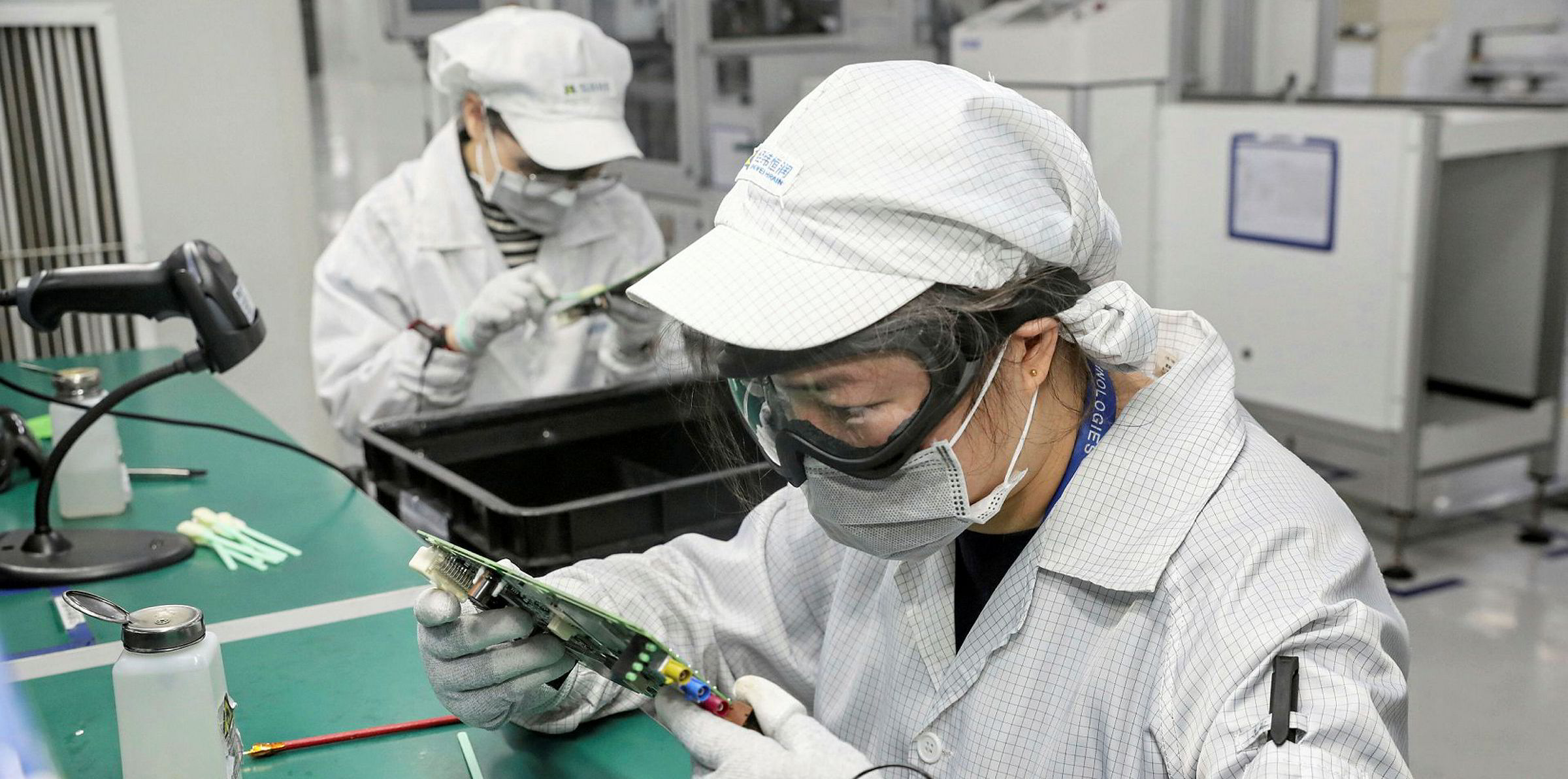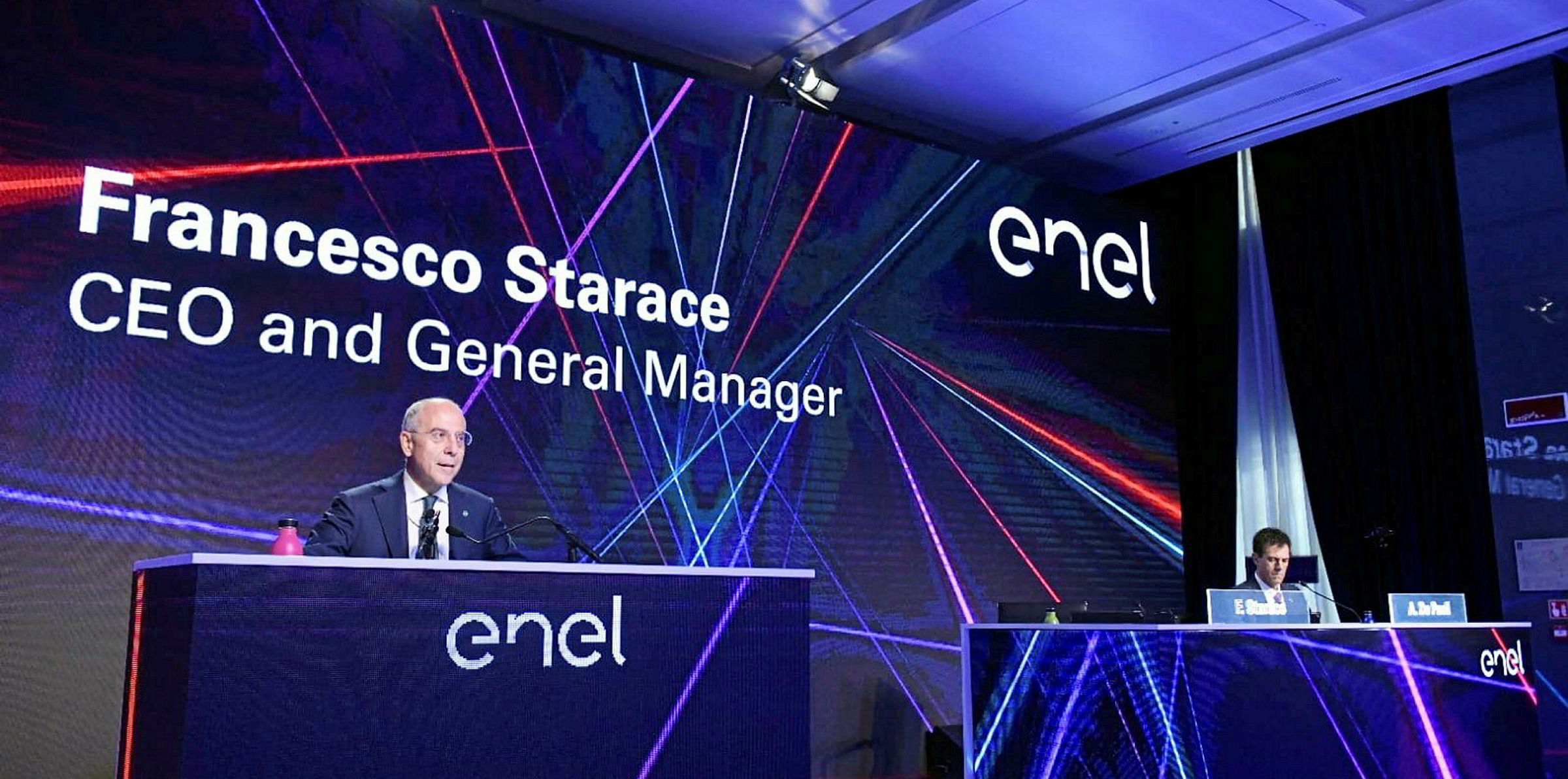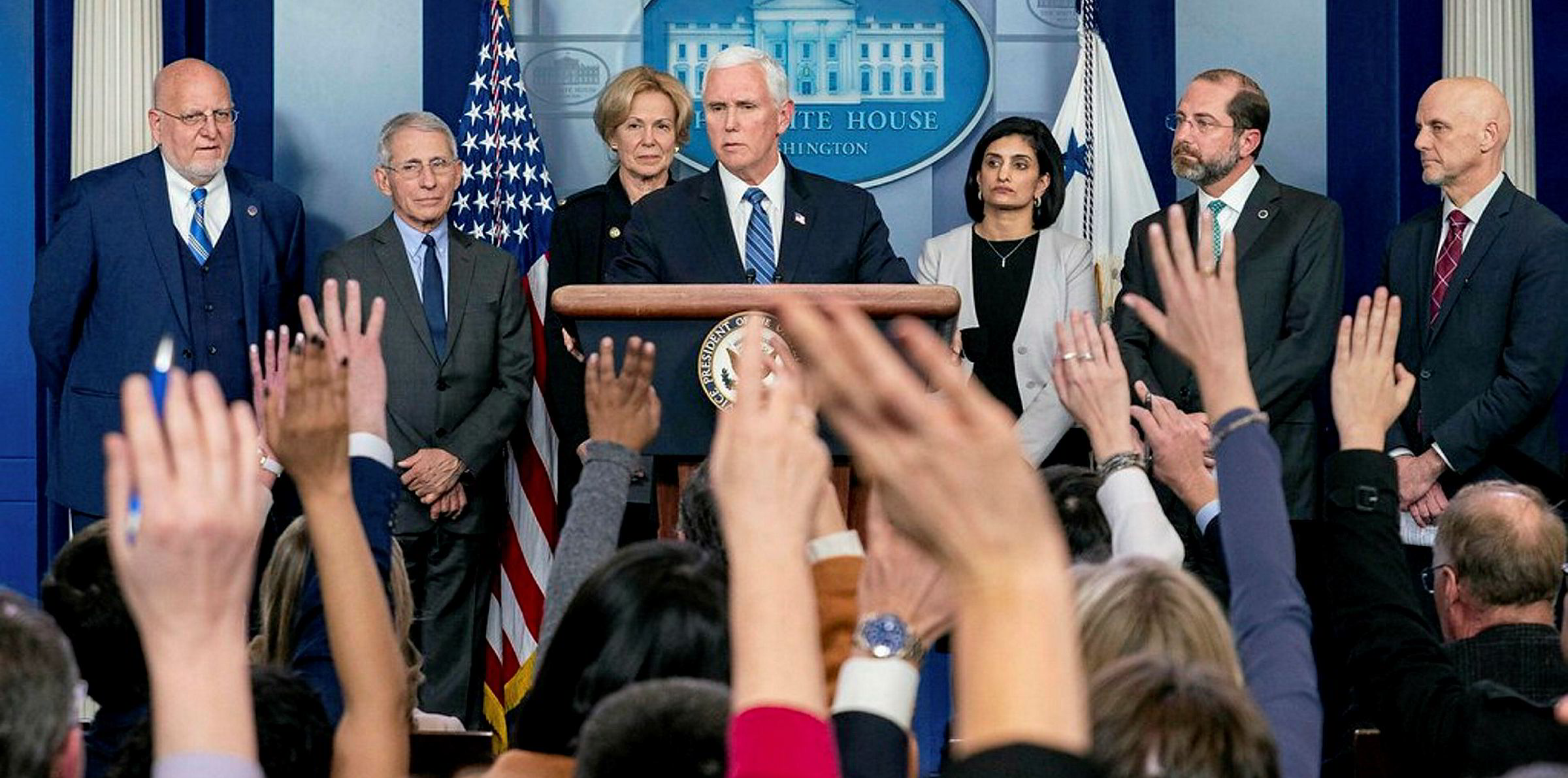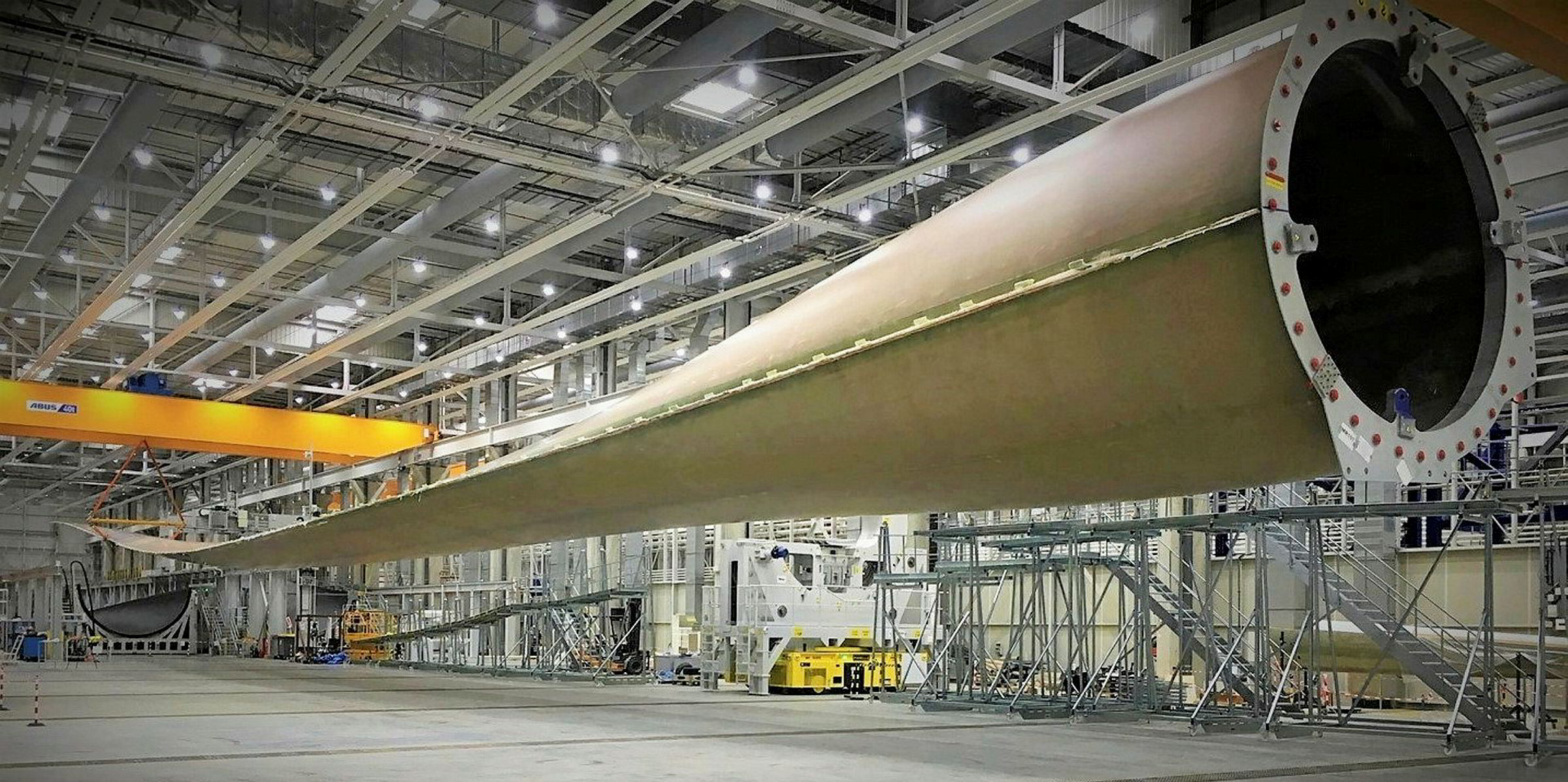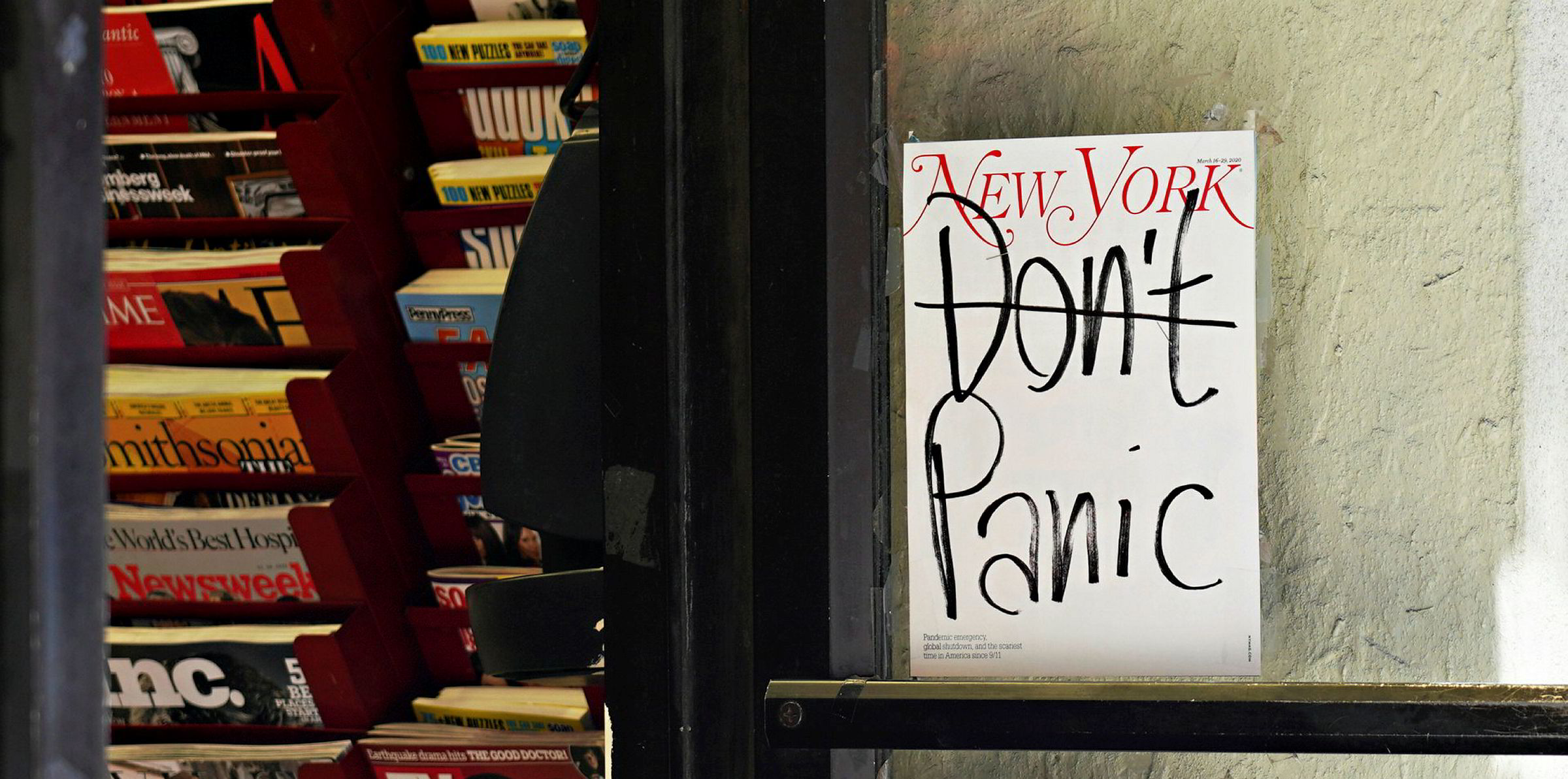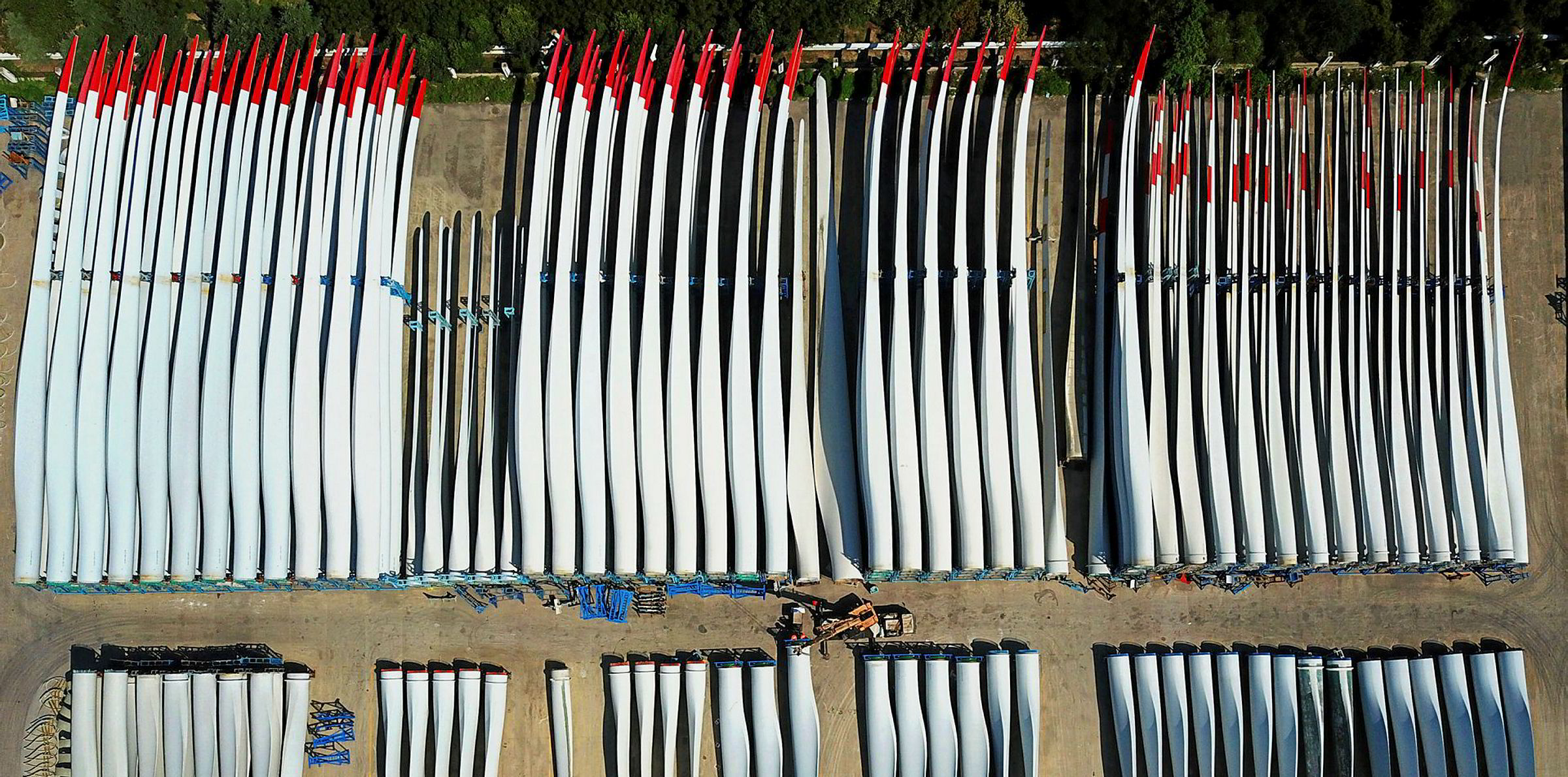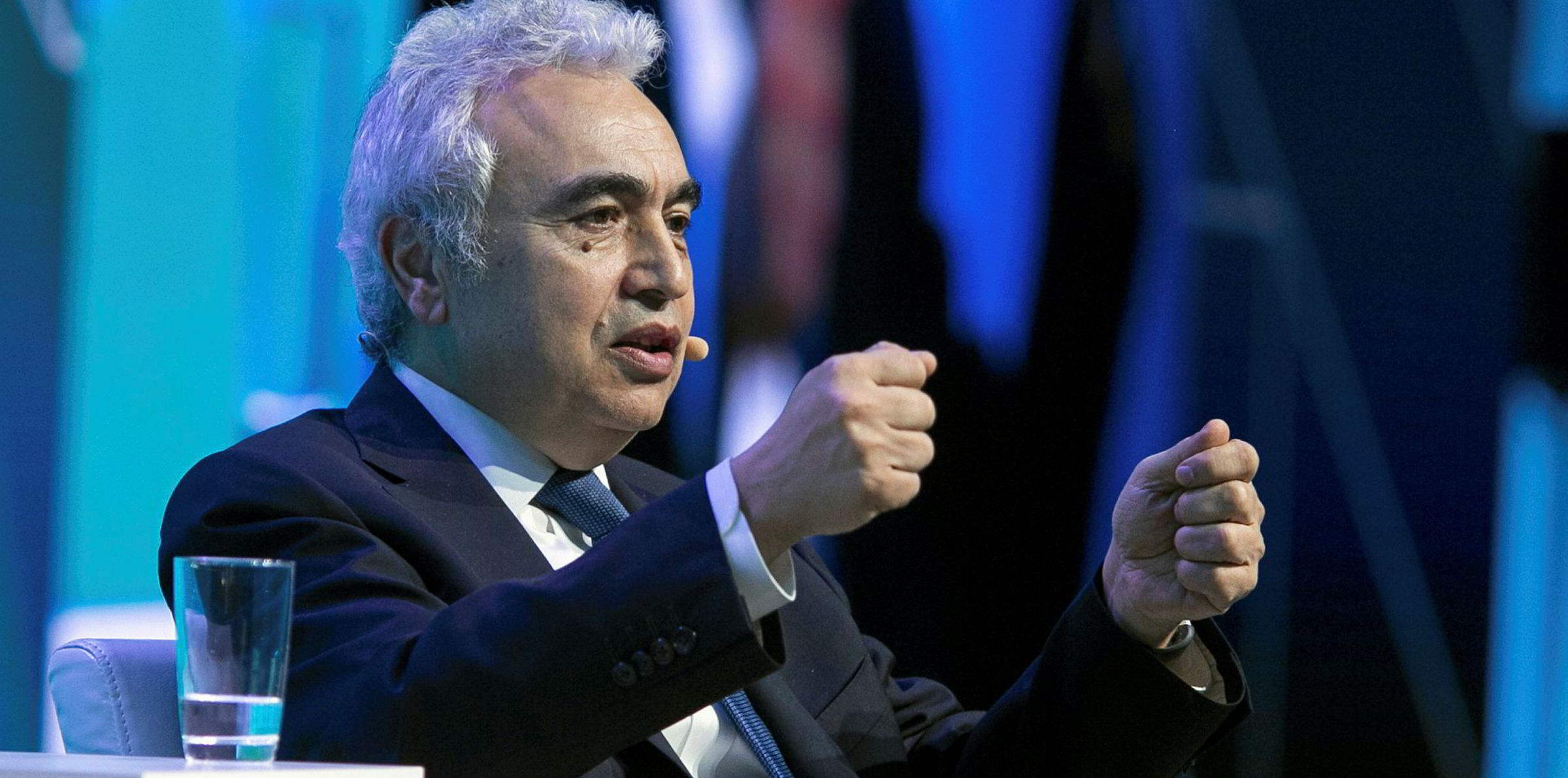“I challenge anyone to have imagined anything like Covid-19.” Those were the words of Enel CEO Francesco Starace, as he reflected on how no corporate resilience ‘wargame’ could have foreseen the impact of coronavirus on the world’s people, economies and energy industries.
As boss of virus-battered Italy’s dominant power utility, and one of the world’s biggest wind and solar operators, Starace was perfectly placed to see it from all sides.
While conceding the extraordinary nature of the times, the highly-respected Enel CEO offered a rare upbeat note for a post-outbreak future when ravaged markets need an economic kick-start – and wind and solar can lead the way.
That message chimed with the demands of America’s renewable energy industry, which told lawmakers in Washington that their sectors could be “pillars” of future clean economic growth – but with the warning that failure to mitigate the impacts of coronavirus on wind and solar could spur “catastrophic” job losses.
Within just a few months of the virus’s first appearance in Wuhan, China, the global renewables industry is already in the grip of disruption that is certain to consign many forecasts for 2020 to the waste bin.
Analysts at BloombergNEF expect solar to be the hardest hit of the world’s big-two renewable sources. PV could face its first down year for decades, said BloombergNEF, as it cut its deployment expectations for 2020 from 121-152GW to 108-143GW. Wind additions this year are also deemed as facing “considerable downside risk”.
Factories at a halt
Covid-19 could hardly have chosen a worse place to erupt for industrial sectors such as wind and solar than China, the world’s manufacturing powerhouse. The impact on the local supply chain was immediate and will continue to ripple out across the world for months, despite a huge effort by the Chinese supply chain to return to production by early March.
Like their local counterparts, the big western wind OEMs shut their Chinese factories before gradually easing them back into operation. The disruption in China also prompted OEMs to look to India, with its large but domestically under-utilised wind supply chain, as a fallback. “We have started to develop India as a global hub to reduce our dependency from China,” said Siemens Gamesa.
As coronavirus spread beyond Europe, so did the plant closures. One of the first European nations to impose widespread emergency restrictions, Spain, is also one of the West’s wind power industrial powerhouses. Siemens Gamesa and blade-maker LM Wind Power have already closed some plants in response to the crisis.
The initial focus of concern for wind power deployment this year is on the US and China, which are both facing subsidy-driven project completion deadlines in 2020 and '21.
The pandemic is “now causing supply chain disruptions that have the potential to significantly delay construction timetables and hurt the ability to monetise time-sensitive tax credits,” Greg Wetstone, CEO of the American Council on Renewable Energy (ACORE), said.
Analysts at Wood Mackenzie agreed the US wind sector has the potential to be hardest-hit by supply chain issues. Wood Mac also early on flagged the possibility of an impact on Chinese installations, and reckons Coronavirus will prompt a 3GW downturn in deployment to 26GW in 2020.
As for the global picture, commentators agree it’s simply too early to say, with the virus, not the renewables sector, driving events.
Once the situation is back under control, the wind and solar industries will need a dose of leniency. Researchers at Azure International said the Chinese government will have to decide whether to cut “a few months slack” to plant builders over missed deadlines.
European industry body WindEurope said developers there are likely to face penalties for missing project deadlines set under national auctions. “Governments should be flexible on how they apply their rules. And if ongoing auctions are undersubscribed because developers can’t bid in time, governments should award what they can and auction the non-awarded volumes at a later stage,” said CEO Giles Dickson.
Impact on the Energy Transition
The longer-term implications of Covid-19 for the energy transition are already the subject of intense debate – and it’s fair to say a diversity of opinions.
One of the earliest interventions came from Fatih Birol, executive director of the International Energy Agency, responding to the massive slump in oil prices linked to the coronavirus outbreak. Birol raised the prospect that the carnage on revenues faced by the world’s oil & gas majors could undermine their high-profile plans to invest in clean energy projects and technologies.
Not so, said Bernard Looney, the recently installed CEO of supermajor BP who has promised to embrace decarbonisation. “I think what is going on now only reaffirms the need to reinvent our company. And we will,” Looney said.
For his part Francesco La Camera, the head of the International Renewable Energy Agency said the aftermath of the crisis provide a “window of opportunity” to channel fossil fuel subsidies towards clean-energy projects.
And in a later intervention, the IEA's Birol insisted economic stimulus packages being drawn up by governments around the world should build-in “large scale” spending on clean energy technologies including wind, solar, green hydrogen and carbon capture and storage
China's recovery offers hope
As Europe and the Americas gear up to deal with rising infections, China, where rates are falling, offered hope that a return to life and business as usual is possible. Recharge gave readers an exclusive insight into the earliest days of the Chinese wind supply chain’s recovery effort as its extended New Year shutdown ended.
The Chinese government has put the renewable energy industry centre-stage as it signaled a military-style “mobilisation” to restart industrial activity.
State-owned power giant China Three Gorges (CTG) ordered the start of work on 25 renewable energy projects that include beginning Asia’s largest offshore wind build in an $8.3bn bid to jump-start a supply chain stalled by coronavirus.
